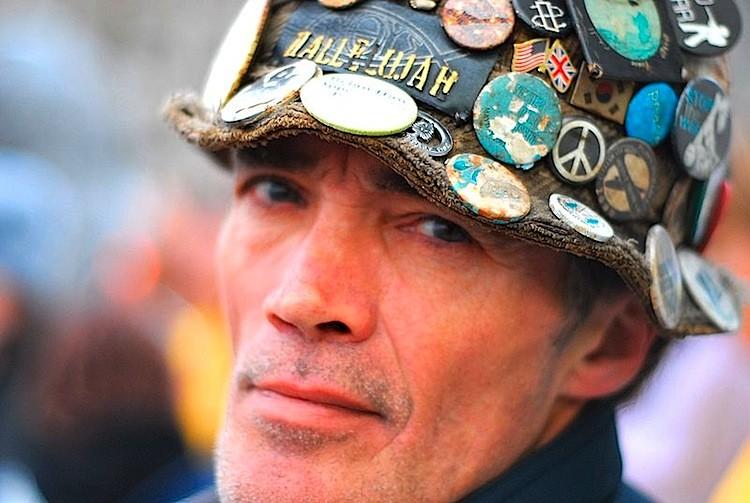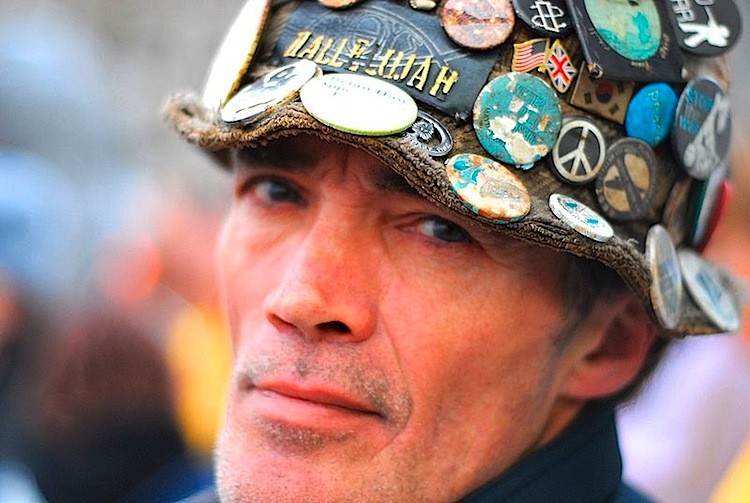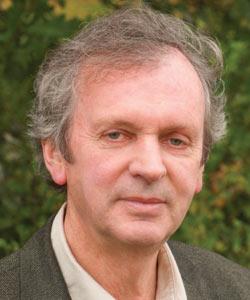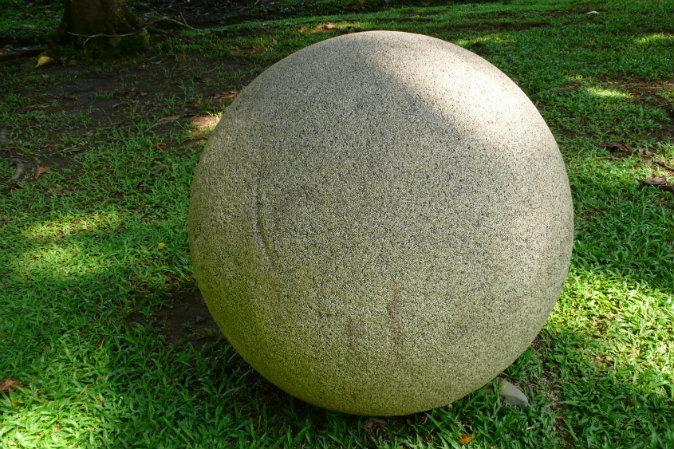Veteran Peace Protester Dies
Brian Haw, who set up the Parliament Square camp in June 2001 to protest against British support for UN sanctions against Iraq, died of cancer in Germany on Saturday, June 18th, aged 62.
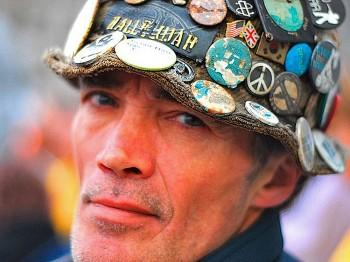
Brian Haw. David Hunt/Wikimedia Commons
|Updated:
